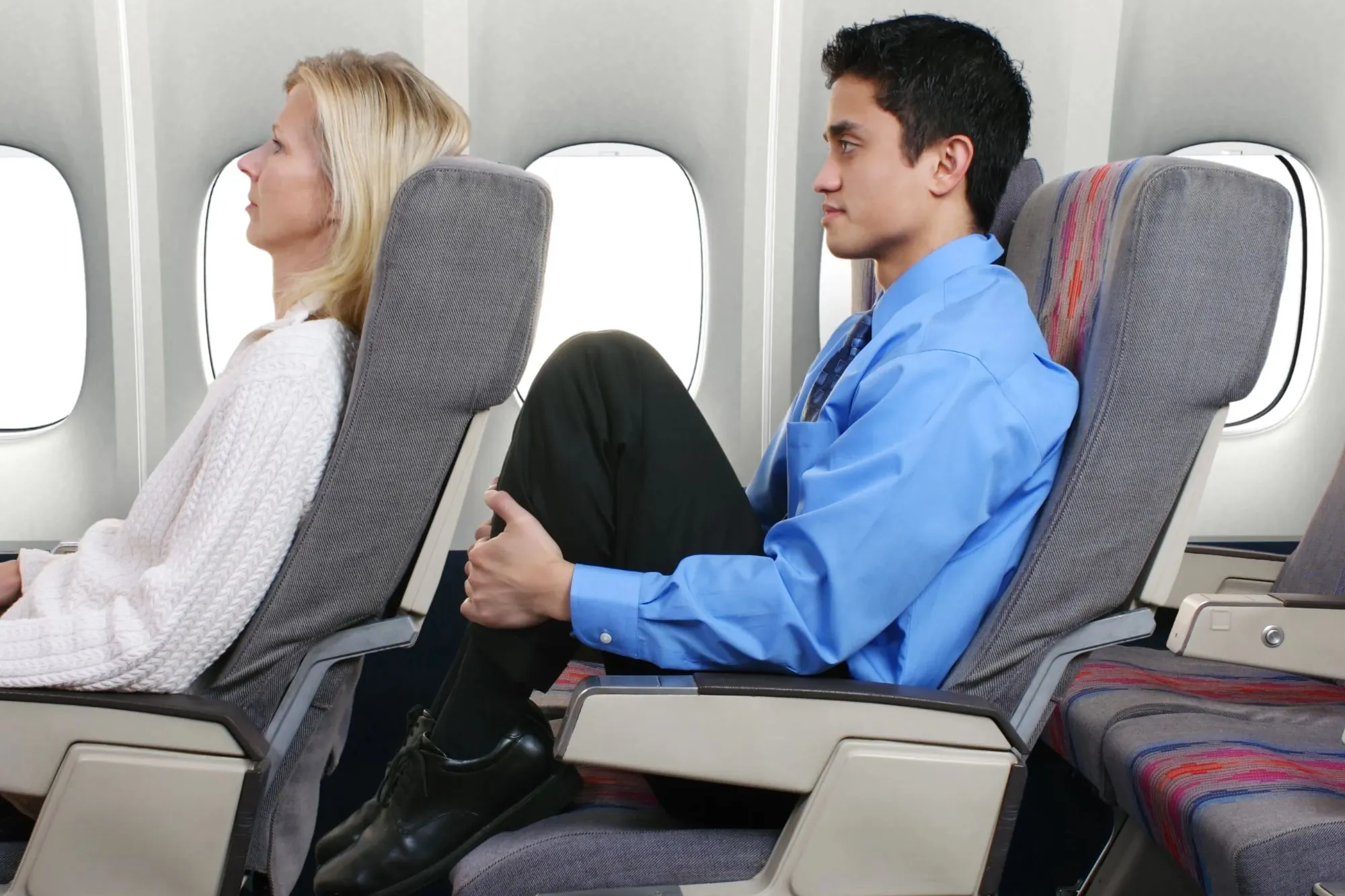Understanding “Economy Class Syndrome” and How to Reduce DVT Risks on Flights

“Economy class syndrome,” a term commonly used to describe deep vein thrombosis (DVT) during flights, can affect anyone, regardless of their seat class or travel frequency. DVT occurs when blood clots form in the veins, often in the legs, and can pose serious health risks. Dr. Pinakin V. Parekh, a consultant cardiologist at Singapore’s Harley Street Heart and Vascular Centre, warns that sitting for extended periods during long-haul flights increases the likelihood of developing DVT.
While larger seating spaces in business and first class offer more room for movement, DVT is not exclusive to economy class. Dr. Parekh notes, “It doesn’t matter where you’re sitting. I’ve had patients in business class who also develop DVT.”
Who is at Risk?
Certain factors make some travelers more susceptible to DVT. These include obesity, age (especially those over 60), smoking, and the use of birth control or hormone replacement therapies. Prolonged immobility during long flights is a key risk factor. Even flights lasting just four hours can increase the risk of DVT.
A former businessman, Alok Tapadia, experienced DVT on a four-hour flight from Singapore to Hong Kong. A regular badminton player, Tapadia was alarmed when he struggled to breathe after taking stairs in Hong Kong. Back in Singapore, he learned that a blood clot had traveled to his pulmonary artery, blocking oxygen flow to his lungs. Immediate medical intervention was required to dissolve the clot, saving his life.
Preventing DVT on Flights
While it’s impossible to completely eliminate the risk of DVT, there are several strategies to reduce it:
- Move frequently: Walk around the cabin and stretch your legs regularly.
- Stay hydrated: Drinking plenty of water helps prevent blood from thickening.
- Wear compression socks: These can improve circulation.
- Choose an aisle seat: It allows for easier movement and encourages you to walk during the flight.
Travelers should also pay close attention to symptoms like breathlessness, chest pain, or leg swelling, as these may indicate DVT or a pulmonary embolism, a potentially life-threatening condition. As Tapadia advises, travelers should take proactive measures, such as walking more in airports and during flights, to avoid similar health scares.













